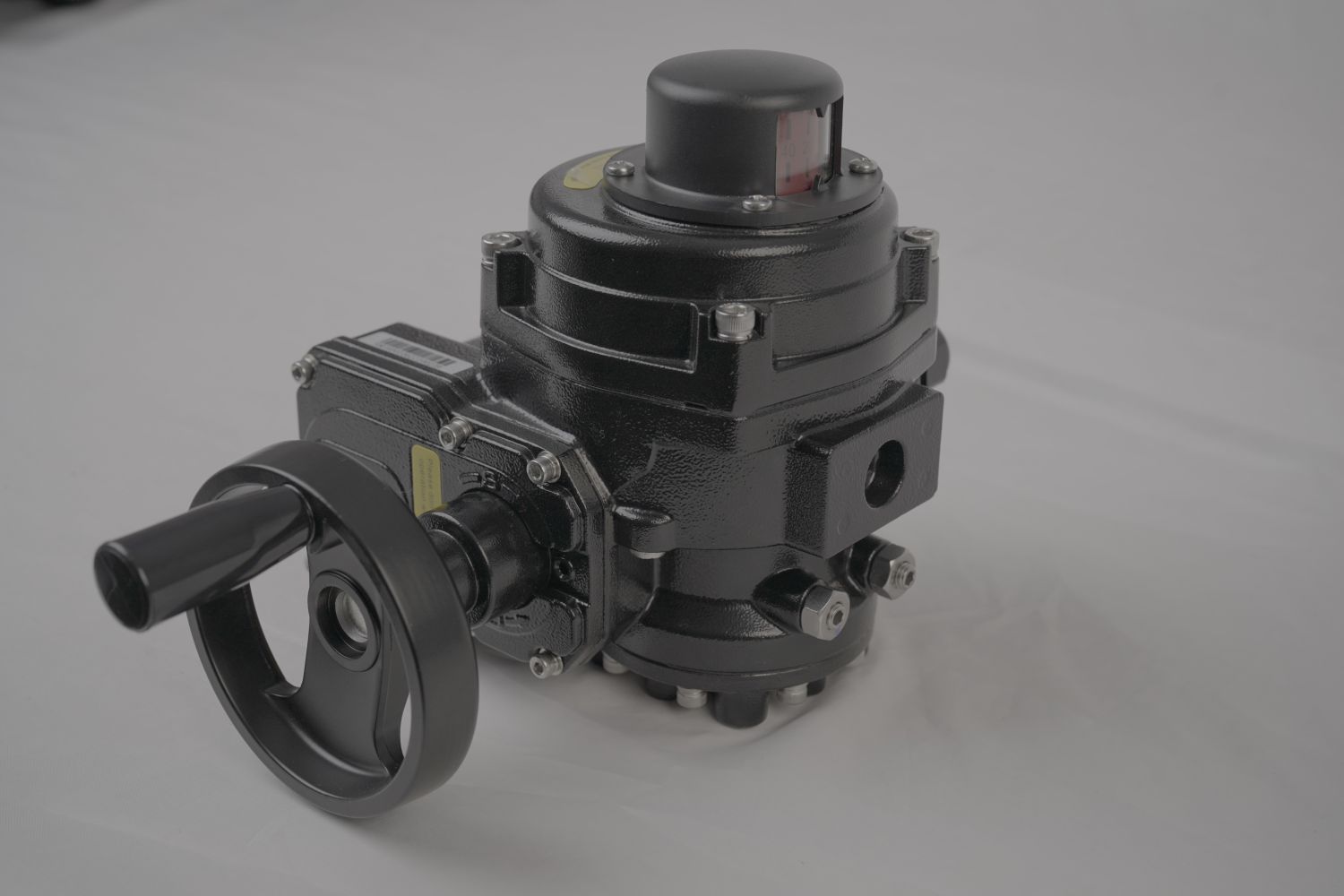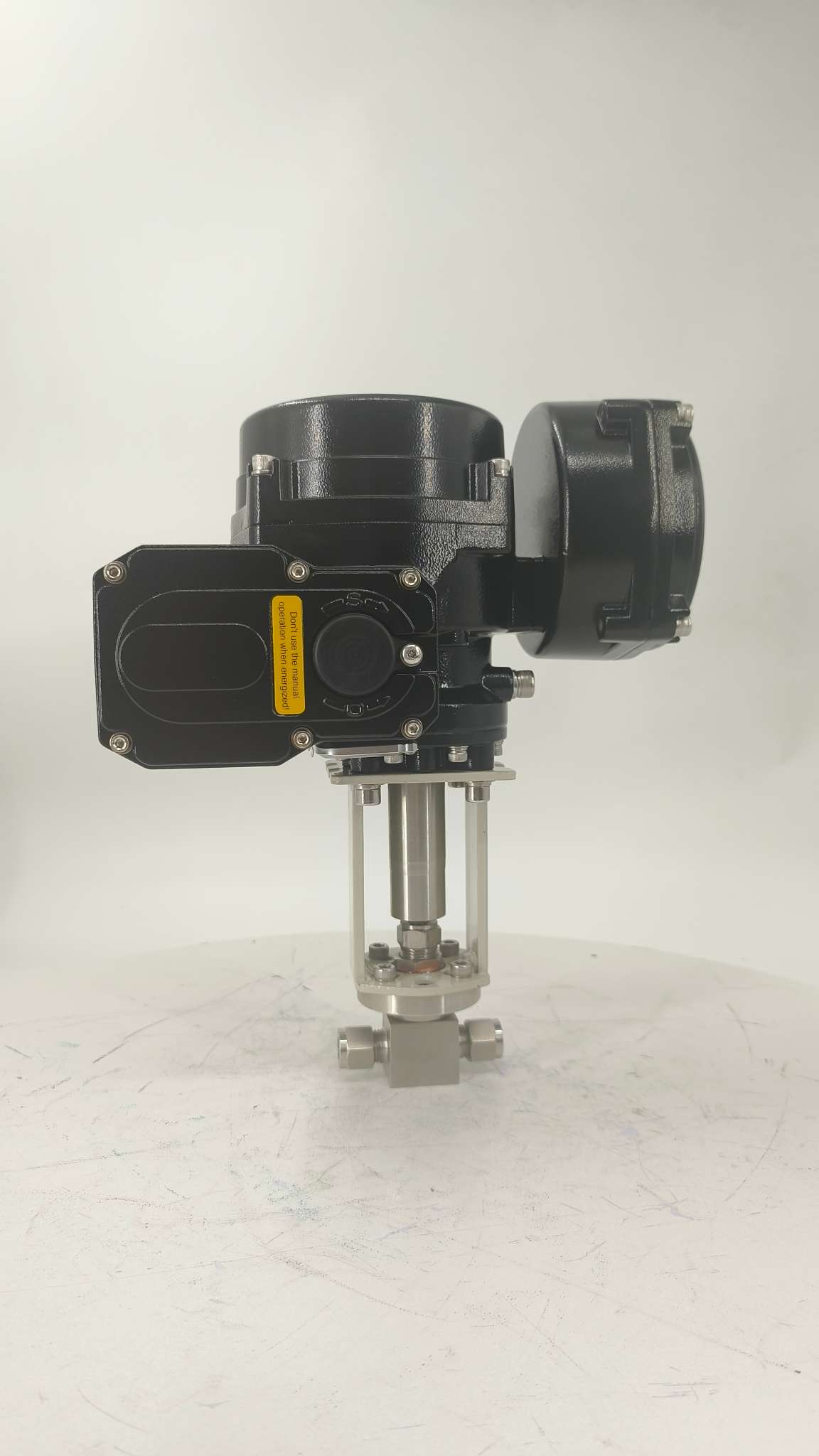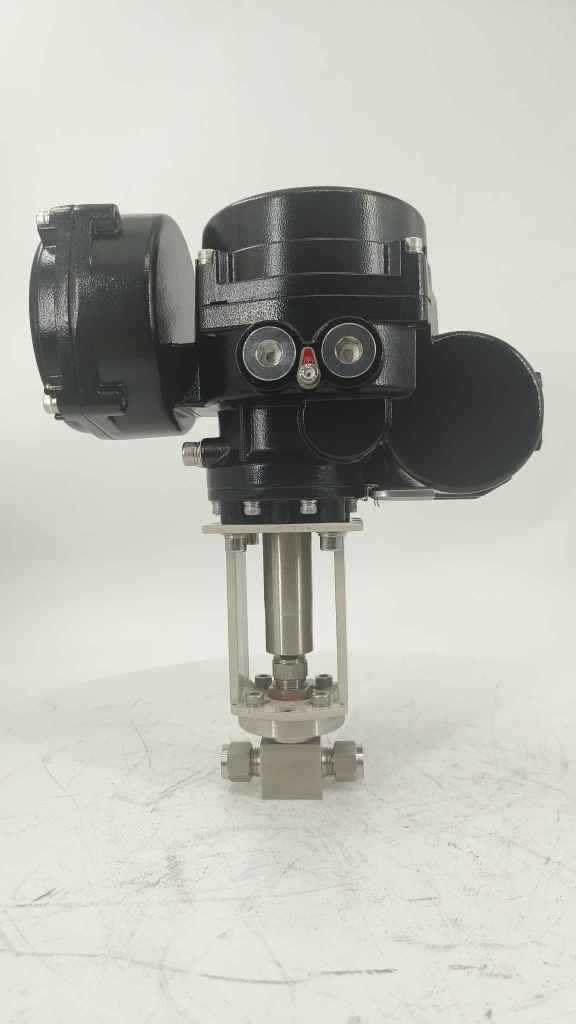understanding lithium battery lithium battery valve: essential safety components for lithium-ion cells
Release time:2025-08-31 06:47:58
Lithium-ion batteries are at the heart of many of today’s most common electronic devices, from smartphones and laptops to electric vehicles and energy storage systems. However, despite their widespread usage, safety concerns persist, particularly regarding the risk of thermal runaway, fire, or even explosion under certain conditions. One crucial safety feature found in many lithium-ion batteries is the Lithium battery valve, which plays an essential role in maintaining the battery’s integrity during operation. In this article, we will explore the functionality, importance, and design aspects of lithium battery valves, as well as their role in enhancing safety.

What Is a Lithium Battery Valve?

A Lithium battery valve, also referred to as a pressure relief valve (PRV) or vent valve, is a critical safety component built into the structure of lithium-ion batteries. Its primary purpose is to prevent the battery from catastrophic failure due to internal pressure build-up, which could be caused by factors such as overcharging, short circuits, or overheating. In simple terms, it acts as a safeguard by releasing gas or excess pressure when it exceeds a certain threshold, ensuring the battery does not rupture or explode.
Function of the Lithium Battery Valve




